
Be a Hunger Hero: 2025 North Carolina Youth Institute
All high school youth are invited to join us for the 2025 North Carolina Youth Institute on April 11th, …



El inglés es el idioma de control de esta página. En la medida en que haya algún conflicto entre la traducción al inglés y la traducción, el inglés prevalece.
Al hacer clic en el enlace de traducción se activa un servicio de traducción gratuito para convertir la página al español. Al igual que con cualquier traducción por Internet, la conversión no es sensible al contexto y puede que no traduzca el texto en su significado original. NC State Extension no garantiza la exactitud del texto traducido. Por favor, tenga en cuenta que algunas aplicaciones y/o servicios pueden no funcionar como se espera cuando se traducen.
Inglês é o idioma de controle desta página. Na medida que haja algum conflito entre o texto original em Inglês e a tradução, o Inglês prevalece.
Ao clicar no link de tradução, um serviço gratuito de tradução será ativado para converter a página para o Português. Como em qualquer tradução pela internet, a conversão não é sensivel ao contexto e pode não ocorrer a tradução para o significado orginal. O serviço de Extensão da Carolina do Norte (NC State Extension) não garante a exatidão do texto traduzido. Por favor, observe que algumas funções ou serviços podem não funcionar como esperado após a tradução.
English is the controlling language of this page. To the extent there is any conflict between the English text and the translation, English controls.
Clicking on the translation link activates a free translation service to convert the page to Spanish. As with any Internet translation, the conversion is not context-sensitive and may not translate the text to its original meaning. NC State Extension does not guarantee the accuracy of the translated text. Please note that some applications and/or services may not function as expected when translated.
Collapse ▲
All high school youth are invited to join us for the 2025 North Carolina Youth Institute on April 11th, …
To seed, or not to seed, that is the question: Whether ‘tis nobler in the mind to suffer winter with …
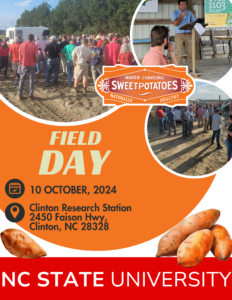
The 2024 North Carolina Sweetpotato Field Day will be held Thursday, October 10, 2024, at the Horticultural Crops Research …

I have been away at training this week. Every time we have training, there has been a tropical storm …
What happened to my dogwoods (Cornus florida)? This was the question form the caller this week. I needed more …
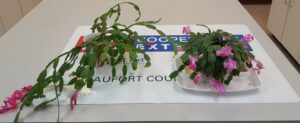
I was working outside this past weekend, cleaning up the yard and had been helping my son with a …
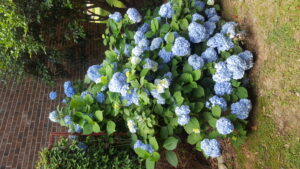
A great question came in this week that led back to my personal and professional modus operandi, “Right Plant, …
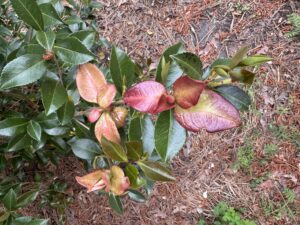
There have been lots of calls this week, ranging from recommendations for landscapers to what is wrong with my …
One of the joys of my life has been playing sports, in particular lacrosse. While I haven’t had the …
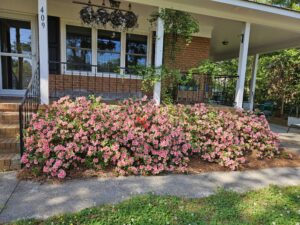
I get these calls from time to time and there are several answers to the question, “What happened to …
Their graceful lying branches with creamy white flowers mark the beginning of Spring so beautifully. As I see them …

The N.C. Cooperative Extension, Beaufort County Center is offering a series of classes beginning Tuesday, February 6th titled, “What You …
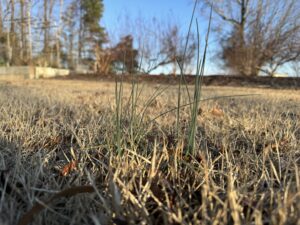
Given the warm weather we had last week and the mild temperatures in the latter part of this week, …
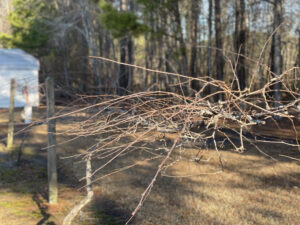
This is one of the more frequent questions that I receive this time of year, from vine renovation to …
What does it mean to propagate a plant? Propagation is the natural process of breeding plants from parent stock. …

N.C. Cooperative Extension, in collaboration with the N.C. Watermelon Growers Association, hosted the 2024 virtual Watermelon Production Meeting on …
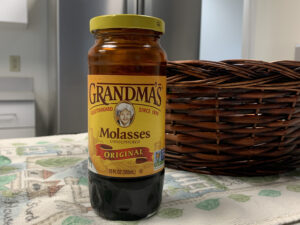
Sometimes I get the most interesting calls! Questions from plant, weed, and insect identification to various products to be …
I was in Wal-Mart last week picking up gifts a few last minute things for a Christmas party. While …

Topics for articles can get really scarce this time of year! I was talking with my wife at lunch …
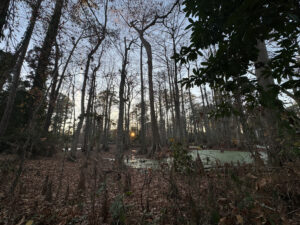
My family and I took a really quick trip to Culpepper, Virginia last weekend. Such is typically the case …

This factsheet describes the biology of the cane lace bug or bamboo lace bug, Leptodictya …

This factsheet describes the biology of the banded sphinx moth or lesser vine sphinx, Eumorpha …

This factsheet describes the biology of the elm-grass root aphid, Tetraneura ulmi, and provides residential …
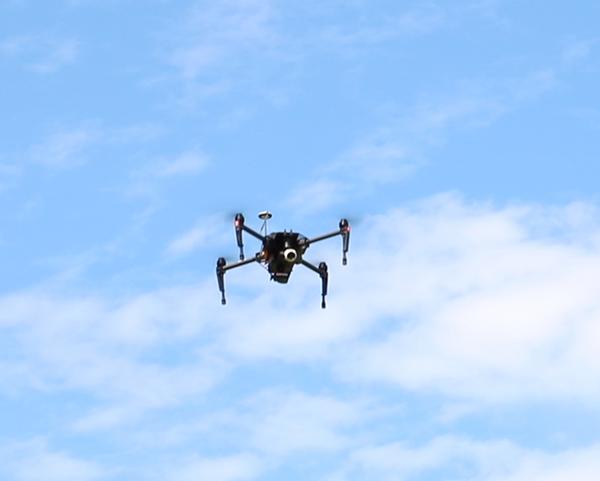
This publication discusses flying unmanned aerial vehicles (drones, model aircraft) for commercial purposes. You'll learn …

This publication reviews research between the late 2000s and the 2020s to explore trends shaped …

This review presents the key steps involved in pruning a mature Carlos vine for maximum …

This vegetable pathology factsheet describes the identification and treatment of anthracnose of pepper.
Effective frost protection methods exist, however, each year, a portion of the state's fruit and …